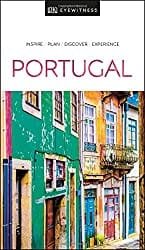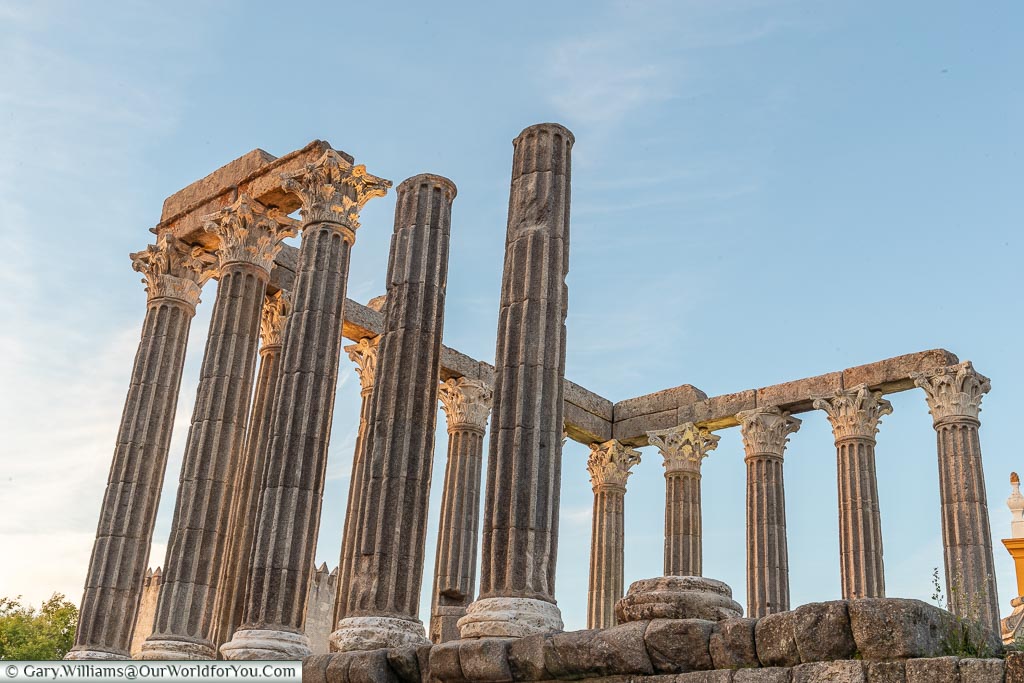
9 UNESCO Sites to visit in Portugal
Why not go and discover them all?
As you may know Gary and I love discovering snippets of history when we travel. So, it wouldn’t surprise you that when we were planning our road trip around Portugal last year and our mini-break to Lisbon in 2017, that we wanted to visit some of Portugal’s historic sites.
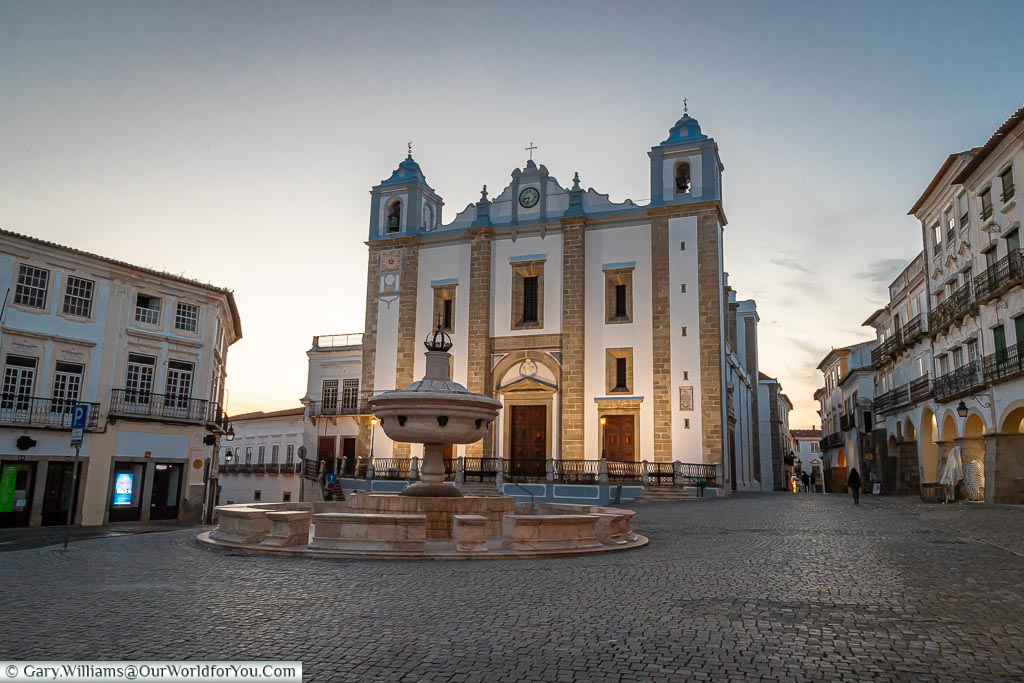
St. Antons church at dusk in Évora
Usually, there are locations in a country that you immediately want to visit, however, there also may be a few towns or significant sites that you are unaware of.
Take Évora for example, this town is incredible, and I can’t believe there is a place with a chapel of bones that had nearly passed me by.
I’m so pleased we checked out the UNESCO World Heritage Site website before we left.
Quick Links
A reference guide
Our recent new found love is Portugal, it is such a beautiful country. While planning our trip, I used the DK Eyewitness books. I find them extremely informative, easy to follow and the pictures and maps tempt you into discovering more.
We used a previous version of this book to plan our north to south Portuguese road trip, now you can grab the revised copy.
Guimarães was the first stop on our Portuguese road trip and a real treat to find. We used this little historic city as a base for a couple of days to tour the region. However, there was so much to discover within its own colourful streets.
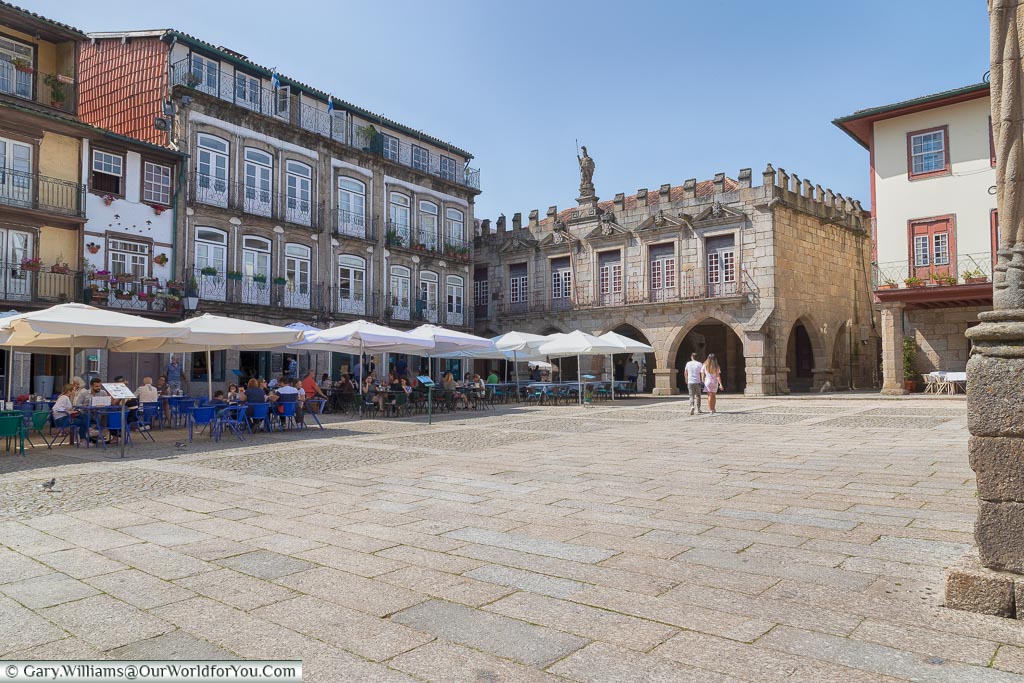
Largo da Oliveira - Guimarães
Guimarães was the first capital of Portugal in the 12th-century and believed to be where Portugal’s first King, Afonso Henriques, was born. It has beautifully tiled squares and lanes and even with its many historical buildings, still has a very local feel about it.
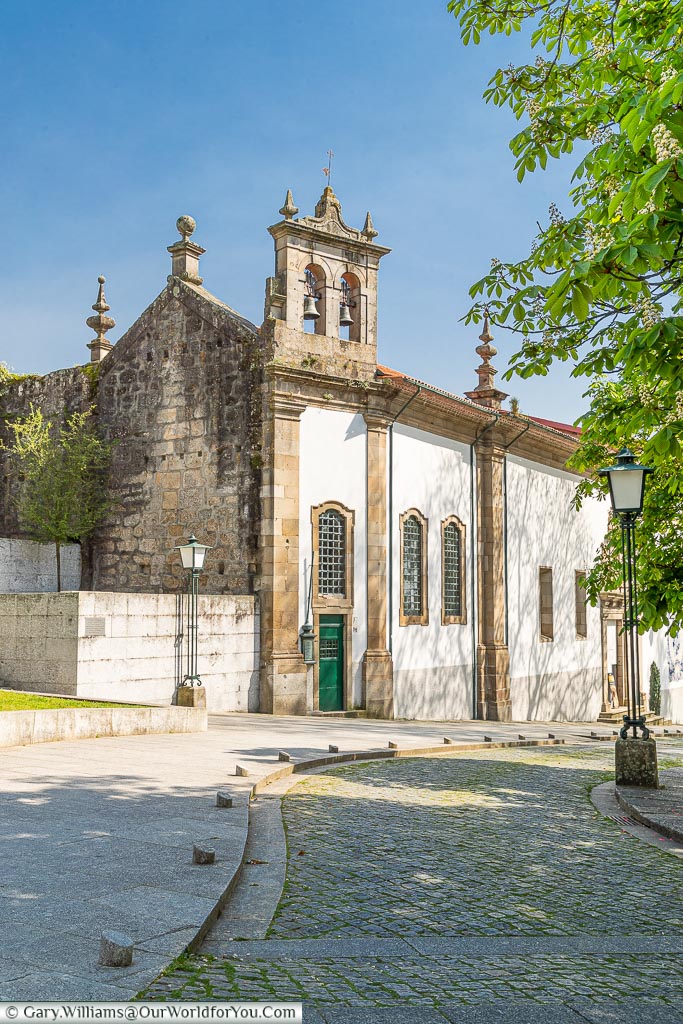
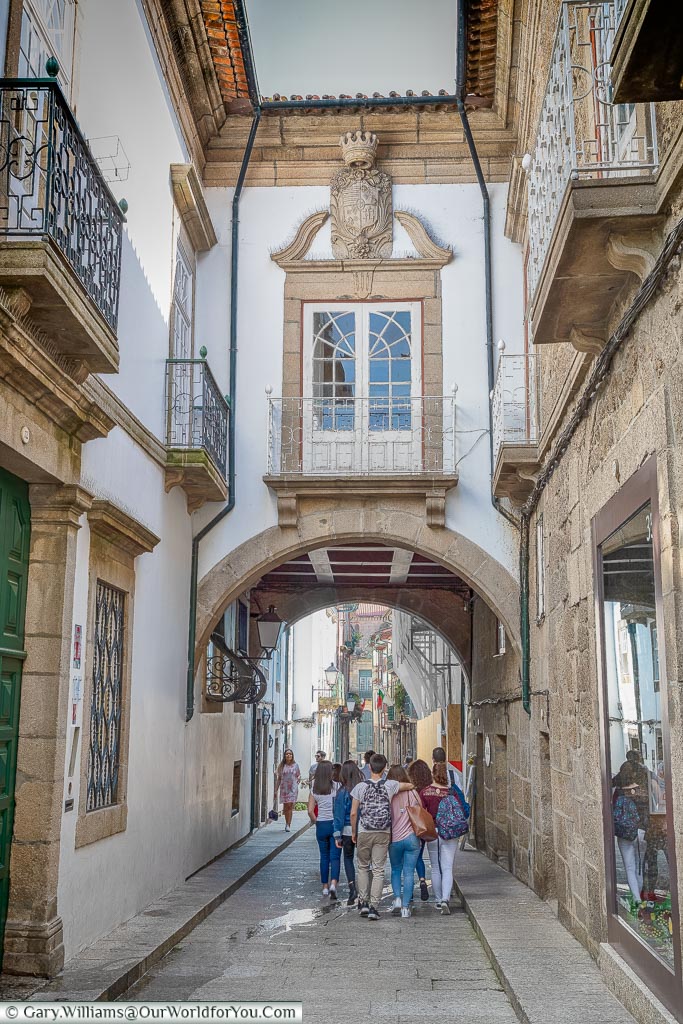
I’m actually quite surprised that Guimarães was only added to the UNESCO World Heritage list in 2001. I highly recommend visiting here.
A family friend recommended Tomar to us, as they know we love searching out the history on the Knights Templars. The imposing 12th-century Convent of Christ sits high on a hill looking down on the attractive town of Tomar below. The convent was added onto the UNESCO World Heritage list in 1983.
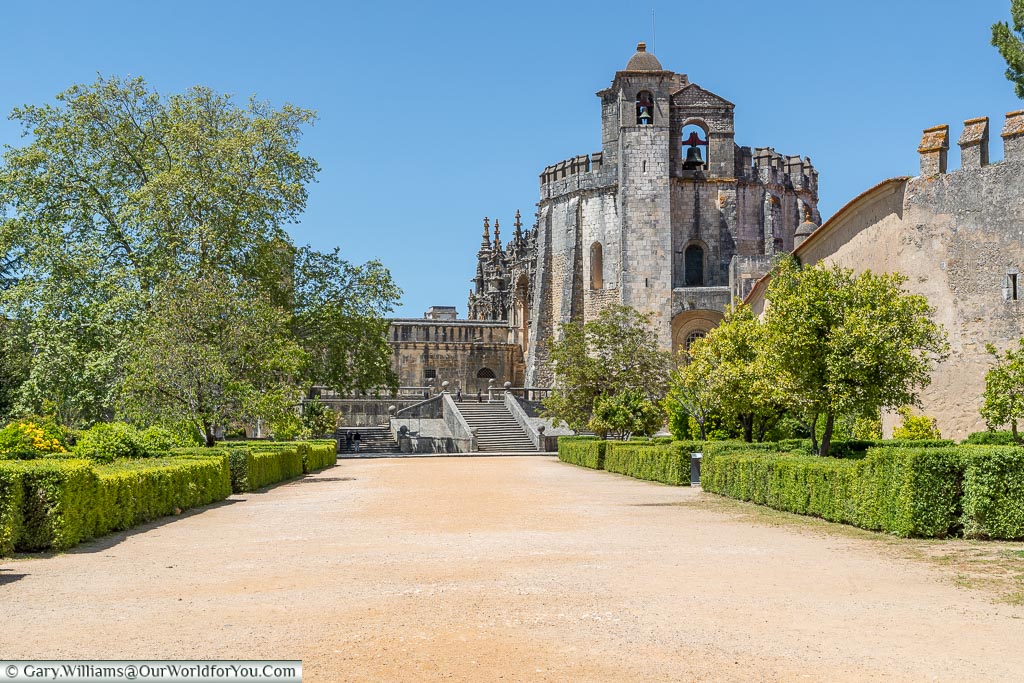
You must take a step inside to see the incredibly ornate rotunda and the 16-sided Charola. Like many of the Knights Temples, it’s made to signify the Rotunda of Jerusalem’s Holy Sepulchre. It is so beautiful and colourful; it wasn’t how I expected it to be.
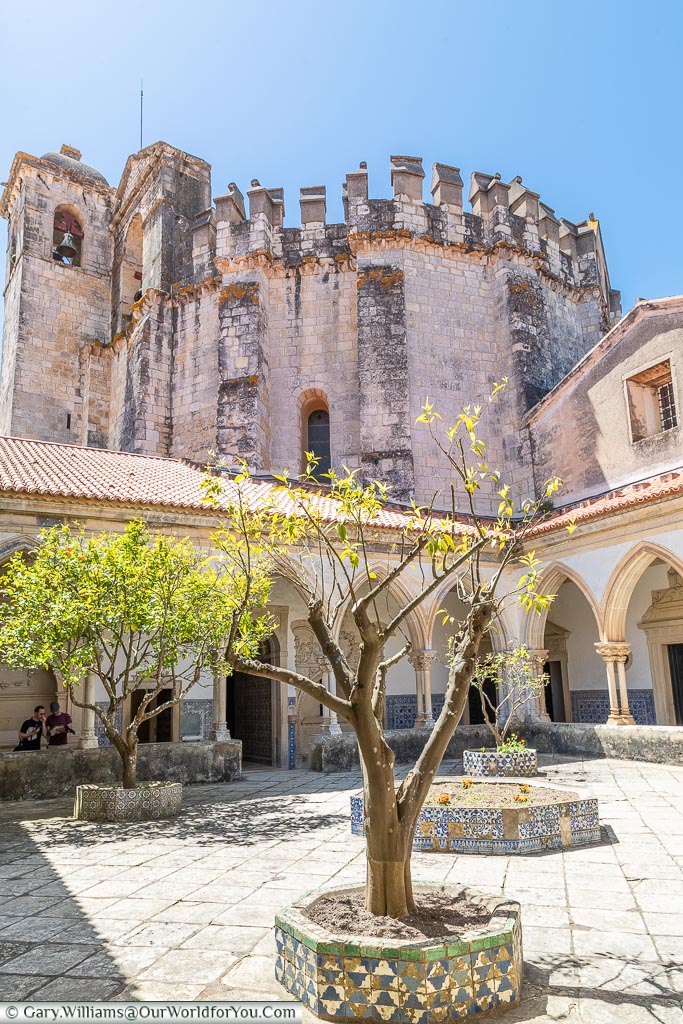
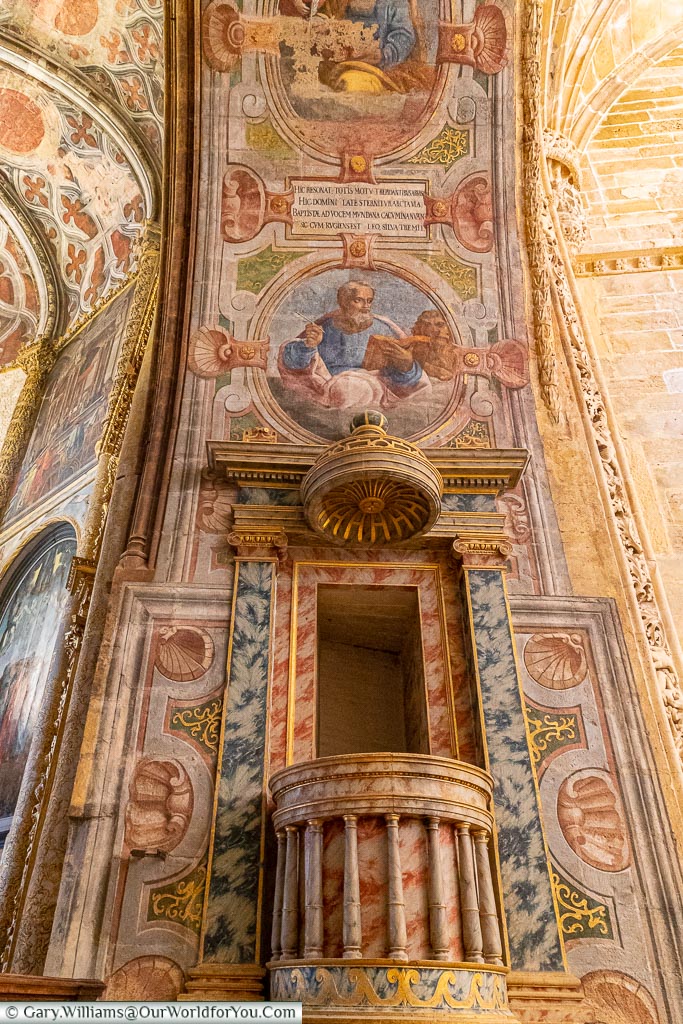
The convent itself is equally amazing, it has a maze of seven cloisters, two of which were built under the order of Henry the Navigator during the 15th–century. As the convent extended over the years, it has a rich mixture of styles including Romanesque, Gothic, Manueline, Renaissance, Moorish and Baroque.
Sintra is around 18 miles (30km) from Lisbon, and like us, many people take a day trip from Portugal’s beautiful capital, as it only takes about 45 minutes by train.
The enchanting palaces that this region is so famous for are set within an extremely lush landscape. Your main decision of the day is trying to decide which palaces to visit, as you won’t be able to see them all in one day.
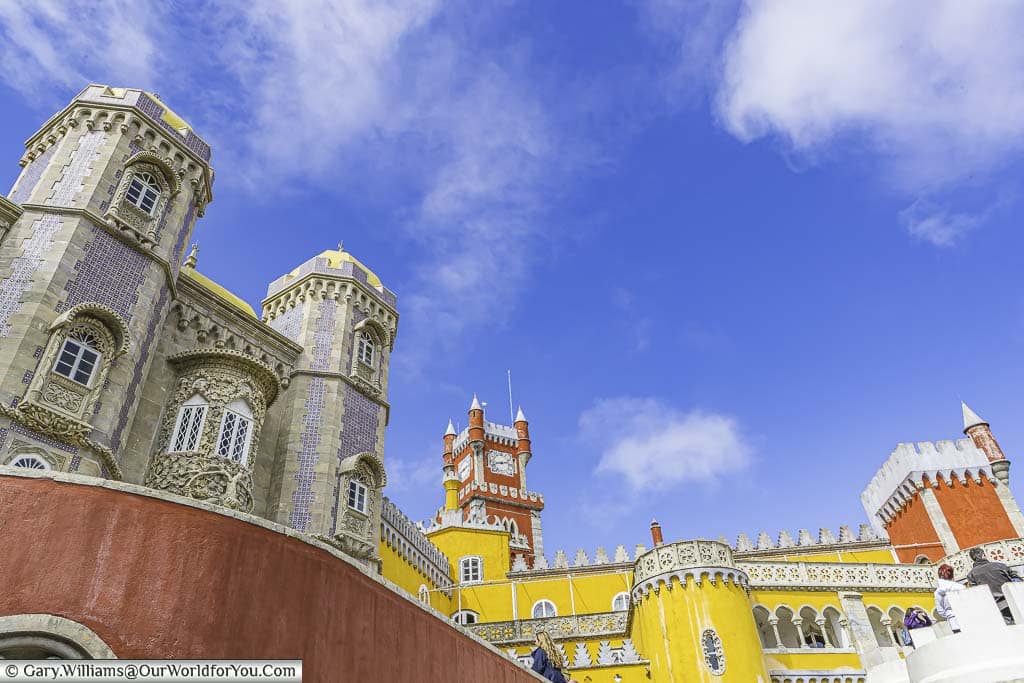
The most famous and most colourful palace is Palácio Nacional da Pena and located high on a hillside with magnificent views for miles. This summer residence was built for the Portuguese royal family and not only has incredible architecture, but the gardens are also beautiful to stroll through.
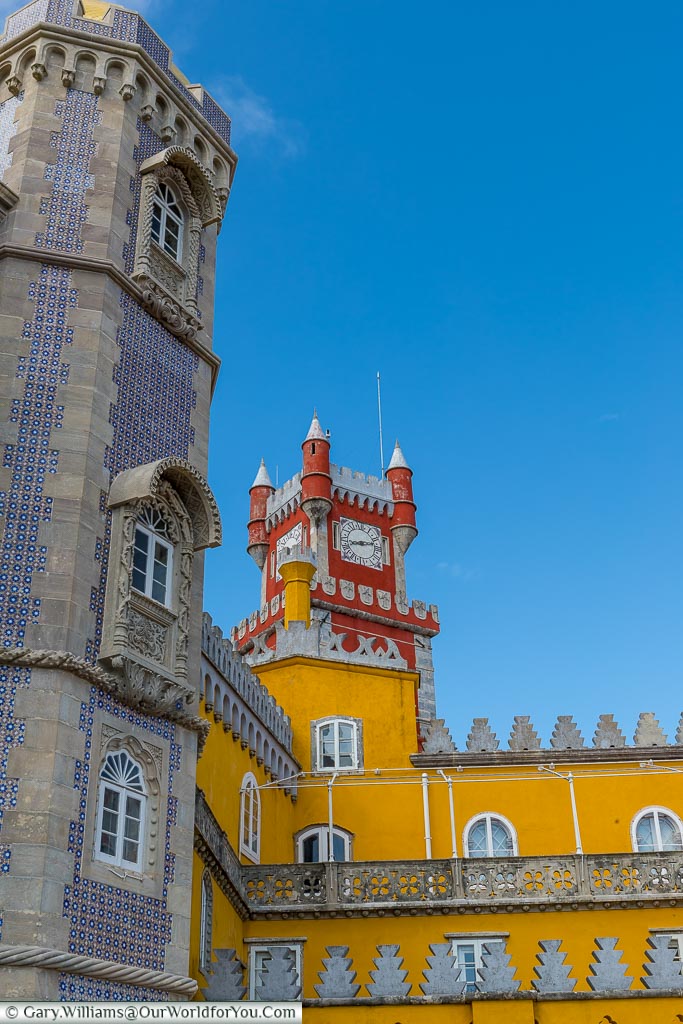
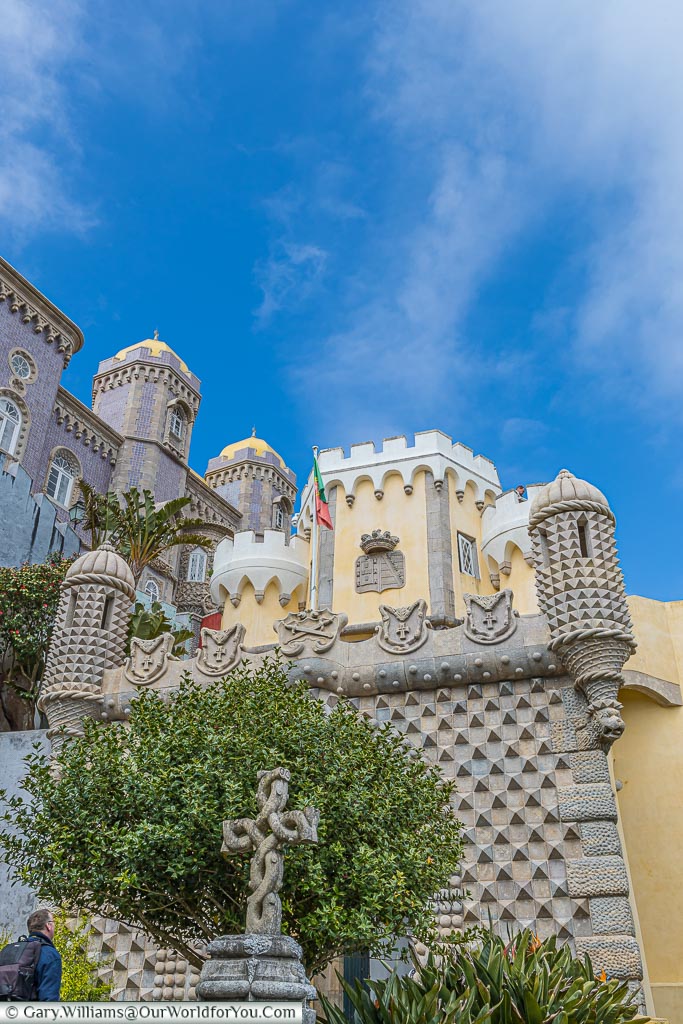
We also visited Quinta da Regaleira, and actually, this was our favourite, we loved discovering the caves, grottos, underground walkways and the amazing “subterranean towers”.
The gardens here felt quite magical, and you didn’t know what you were going to stumble upon next.
Plan ahead
Sintra can get very busy, and the most efficient way to get around is on the hop-on-hop-off buses, although you may have to be patient at times. I suggest picking up a bus timetable.
If time is not on your side, then jumping in a tuk-tuk is another alternative
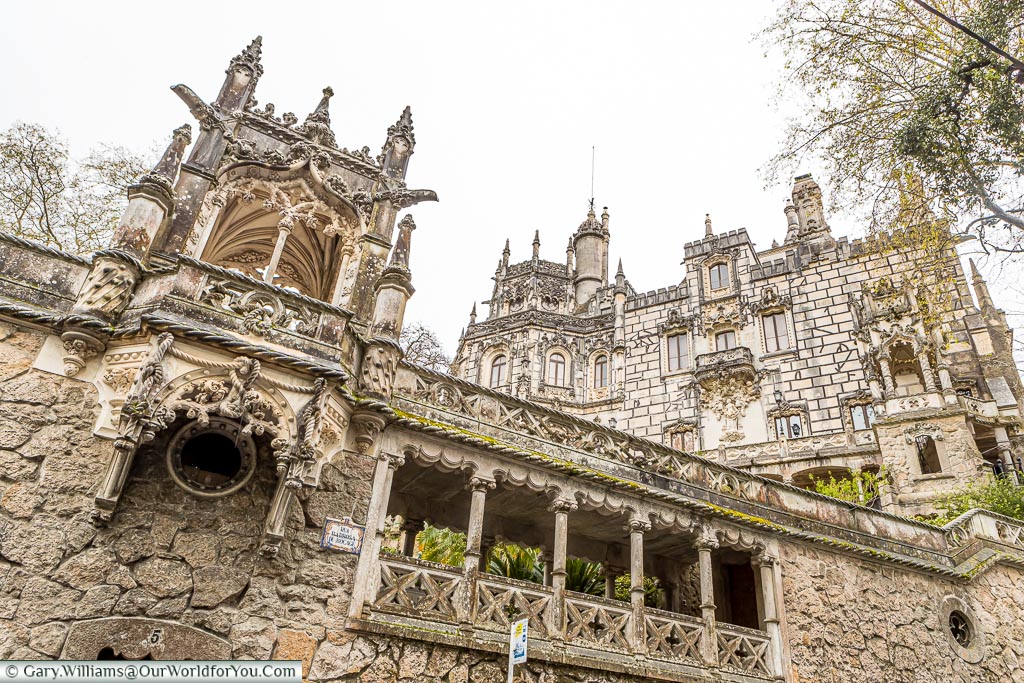
The Cultural Landscape of Sintra was inscribed onto the UNESCO World Heritage list in 1995.
The Monastery of Alcobaça in the heart of Portugal was founded in 1153 by Afonso Henriques, the first King of Portugal. When you arrive at the Gothic monastery, it pretty imposing and dominates the whole square. It is the largest church in Portugal, so not too surprising.
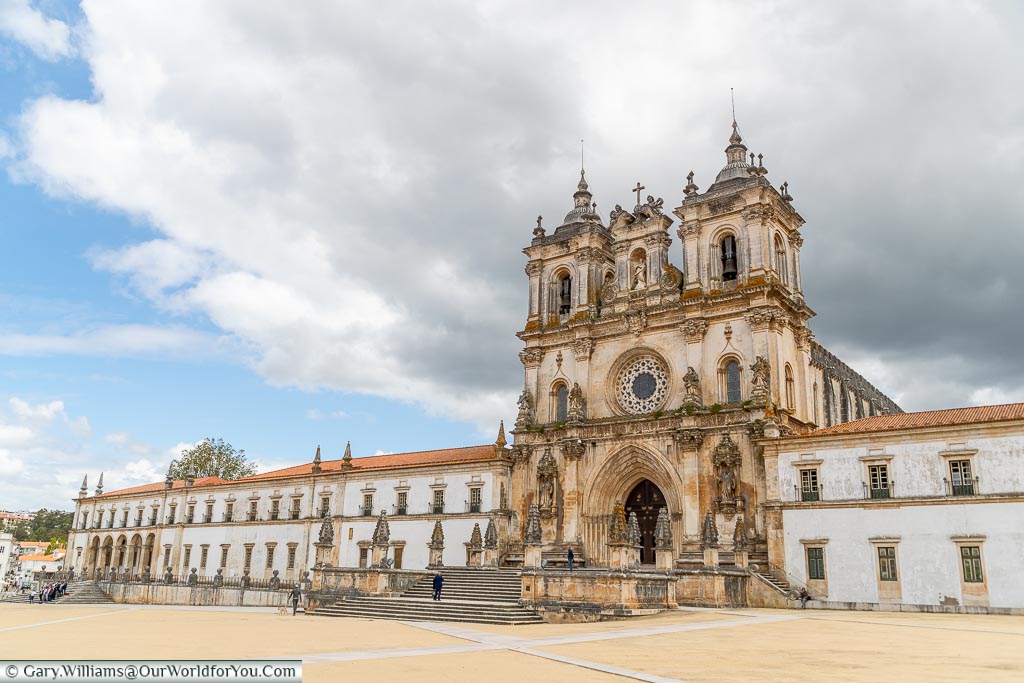
Within its walls, there is a beautifully kept peaceful cloister, some amazing rooms once used by the resident monks and a kitchen like no other. The Monastery of Alcobaça was added to the UNESCO World Heritage site in 1989.
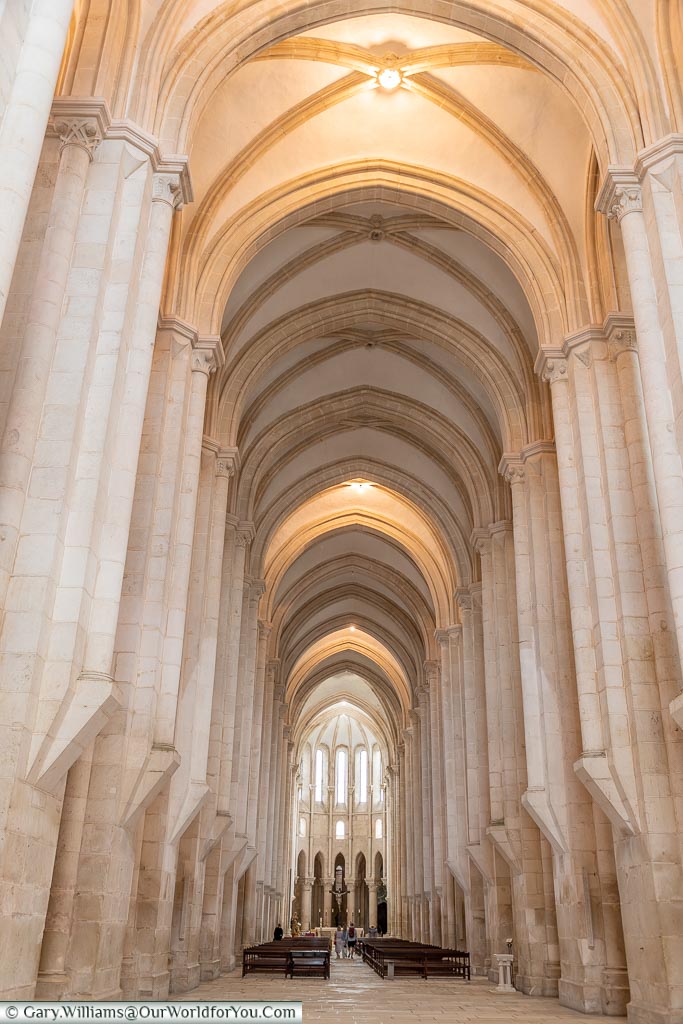
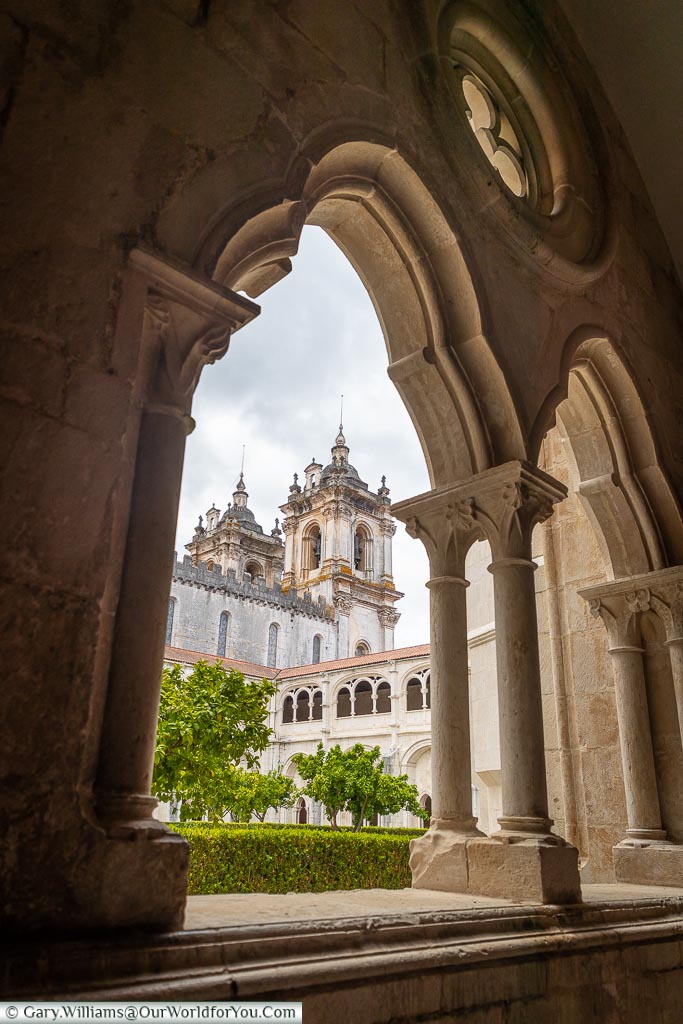
The Douro region in Portugal is probably one of the country’s most well-known areas, and it certainly isn’t surprising, as the scenery is beautiful.
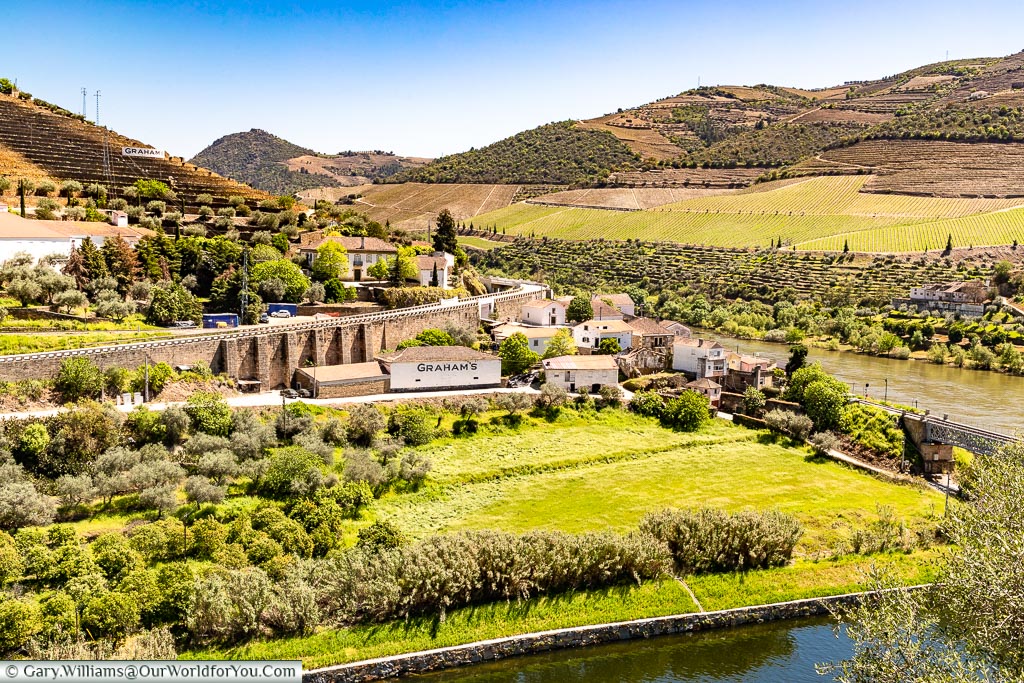
You can jump on an organised trip to tour the terraced vineyards; however, I think the best way is on a road trip. Then you can stop when you want and soak up the incredible landscape and also visit some of the tranquil villages dotted through the countryside.
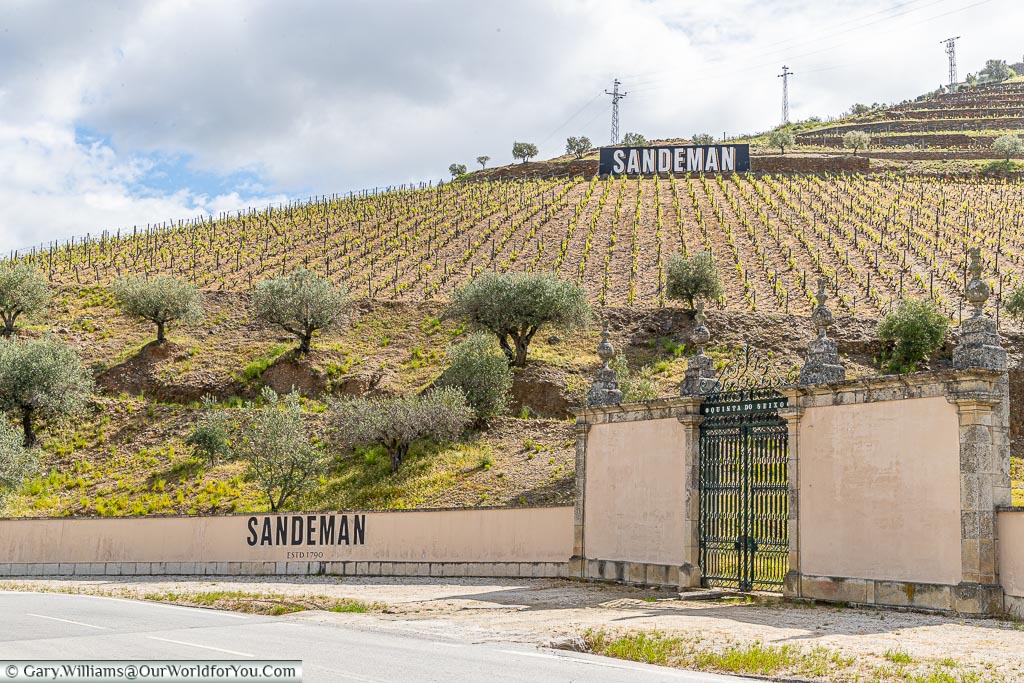
The meandering Douro River cuts through the steep valley, and the vineyards are laid out like a patchwork quilt. Once your trusty steed is parked up for the evening, you can then indulge in the local tipple.
The Alto Douro Wine Region was added to the UNESCO World Heritage list in 2001.
In our opinion
We love embarking on road trips, so our preferred mode of transport is always jumping in a car.
We find it’s the best way to discover a country, so why not check out, Rental Cars, as they search multiple well-known car hire brands for the best deals.
Visiting Lisbon on a mini-break was our first taster of Portugal, and from then we were hooked. We wanted to discover more of the country, and that’s what spurred us on to embark on our north to south road trip.
Just a short hop from the centre of Lisbon is Belém and where you’ll find the Monastery of the Hieronymites and the Tower. Oh, and also the Pastel de Nata (although not quite a UNESCO site, yet). The monastery and tower were added to the UNESCO World Heritage List in 1983.
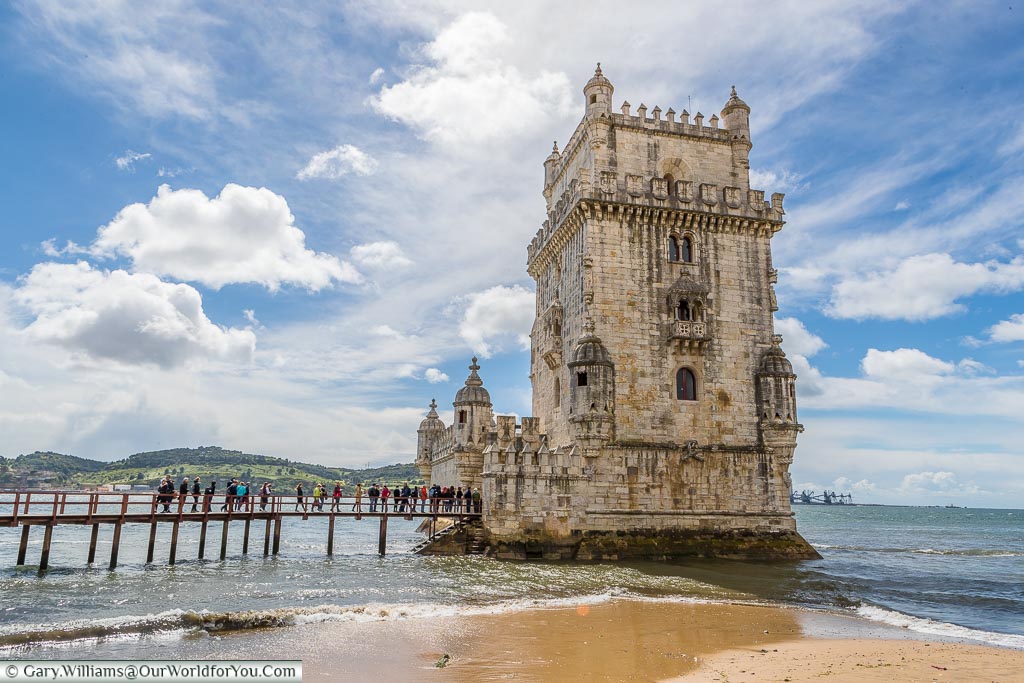
Standing at Lisbon’s harbour entrance is the iconic Torre de Belém. Built-in Manueline style between 1514-20 to commemorate Vasco da Gama's expedition. I was used as a military outpost to protect the Tagus Estuary from enemy attacks.
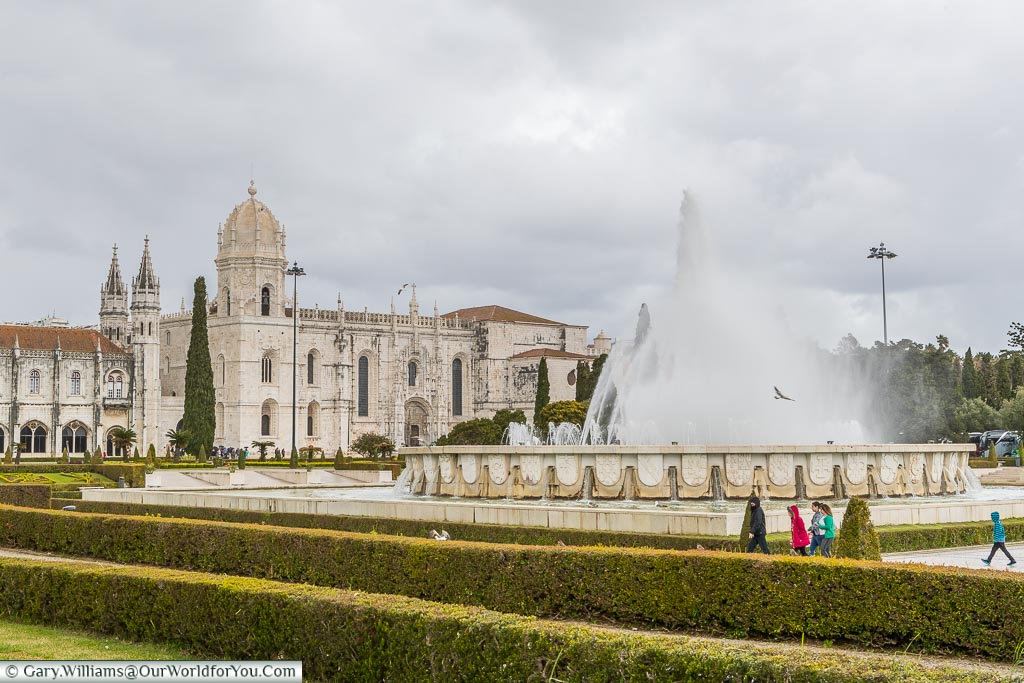
Just beyond the tower is Monastery of the Hieronymites built in the same Manueline style as Torre de Belém. Construction of the monastery was started in 1501 and took 100 years to complete. It is lovely from the outside; however, it is not until you step into the cloisters and an inner courtyard where the intricate detail can be really appreciated.
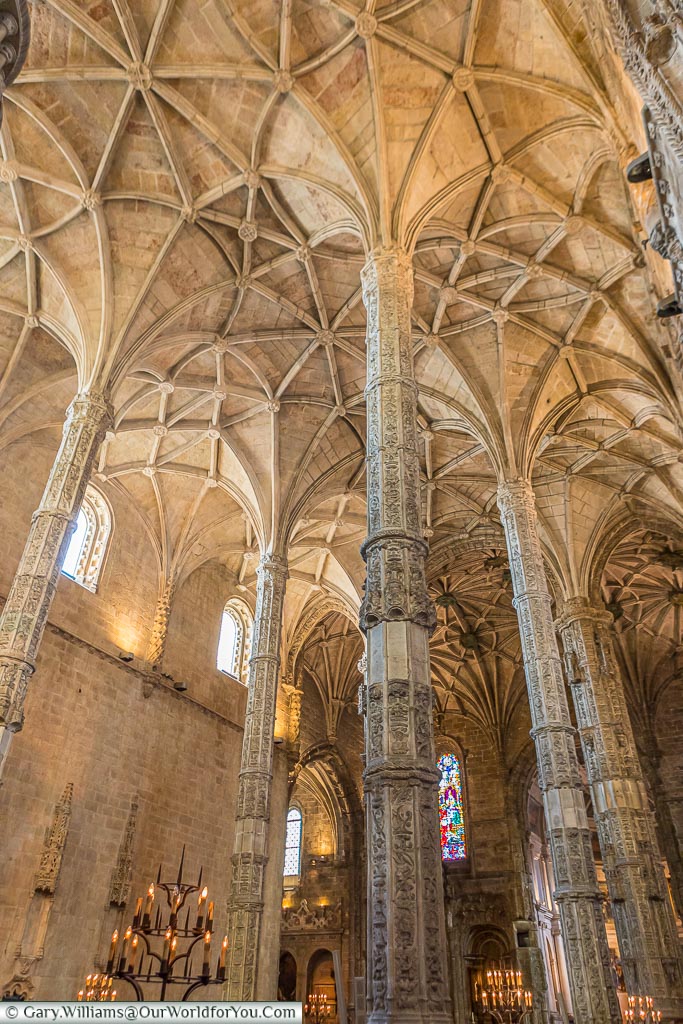
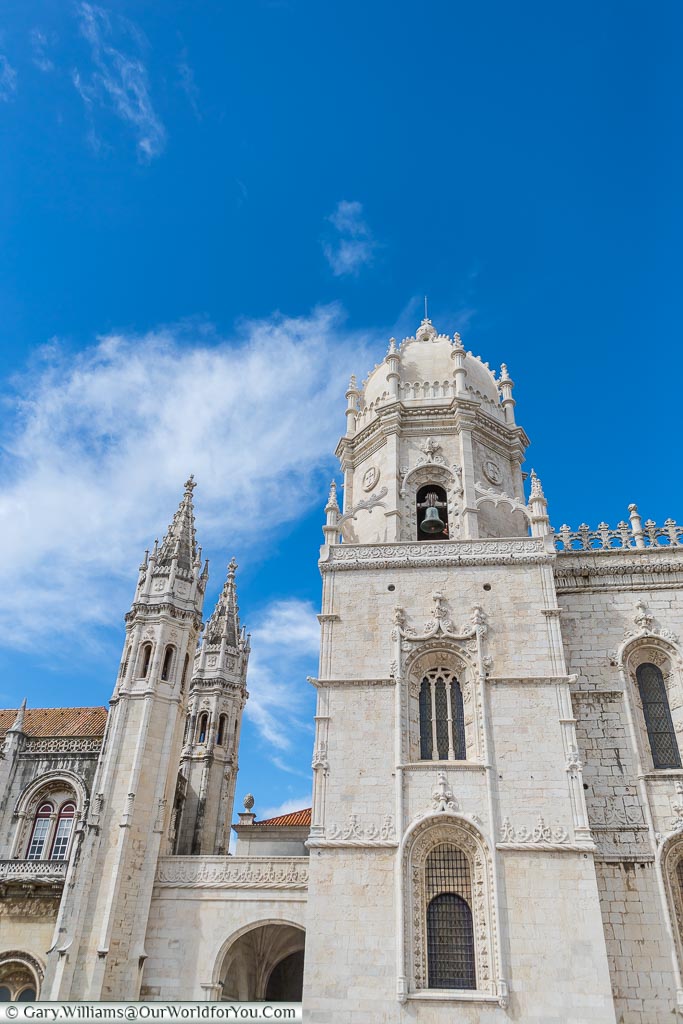
Outside view of Mosteiro dos Jerónimos
I really enjoyed visiting the Monastery of Batalha, it was built to commemorate the victory of the 1385 Battle of Aljubarrota. When you stroll through the doors, the enormity of the central pillars along the nave is impressive.
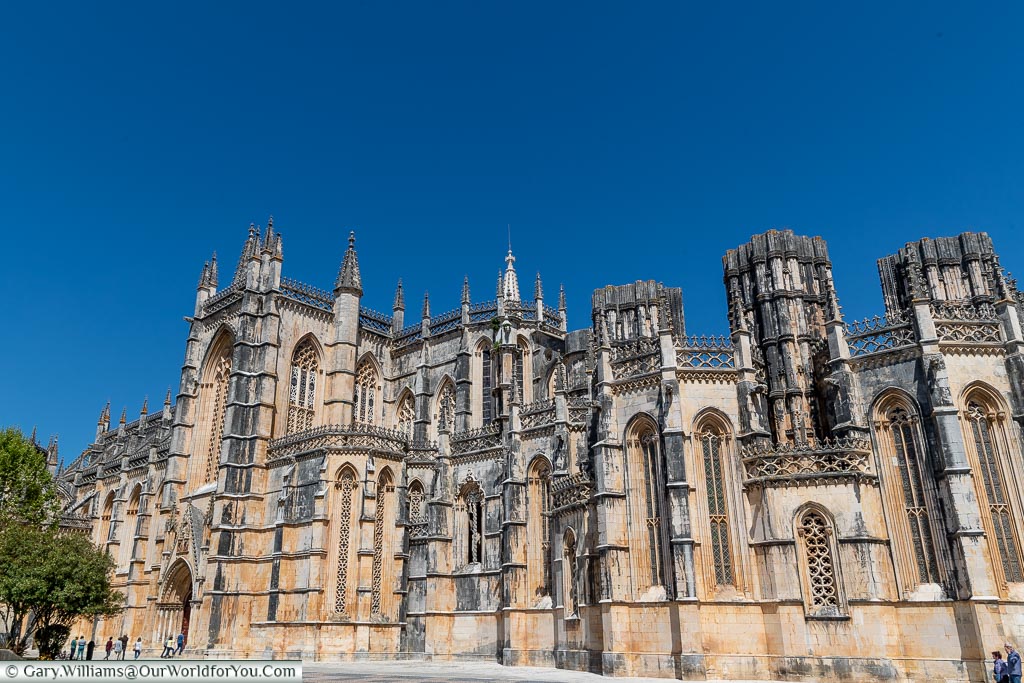
The unusual part is the monastery are the ‘Unfinished Chapels’, it’s a strange feeling as you wander in the octagonal chapel. From the outside, you wouldn’t really notice what was missing; however, as you enter, it’s glaringly obvious that it doesn’t have a roof.
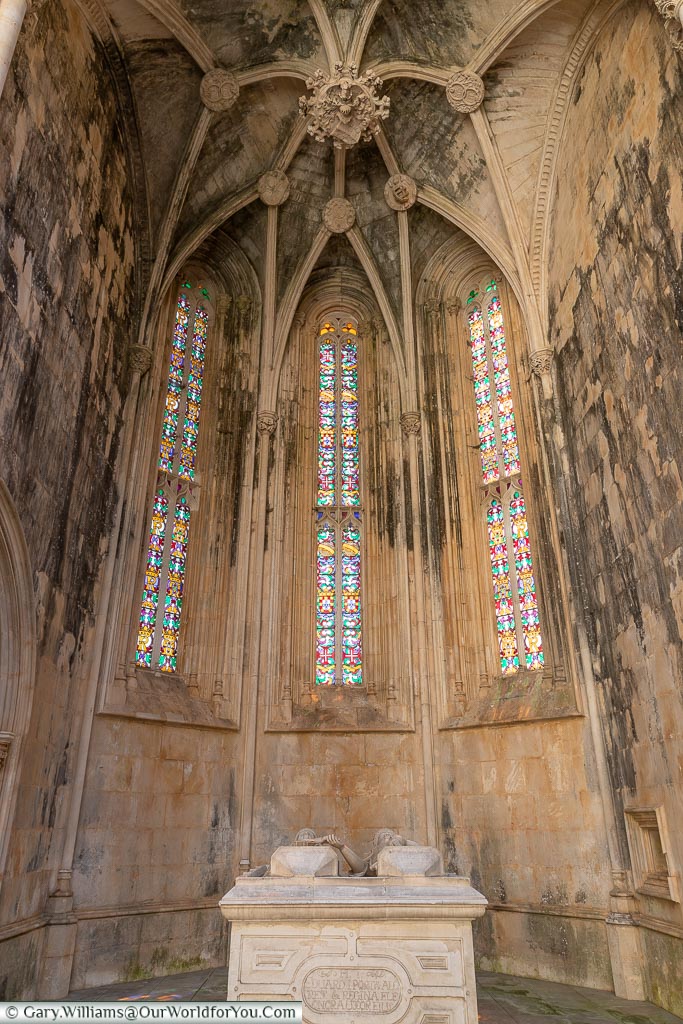
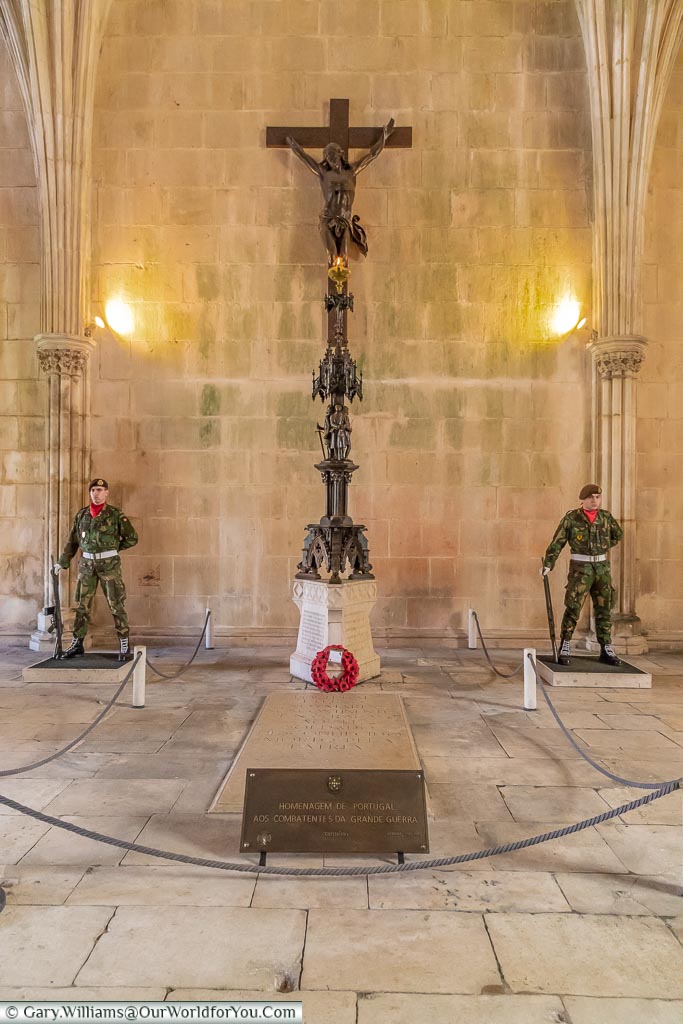
What was also quite touching in the Monastery of Batalha, was the vigil by two sentries, standing guard over the Tombs of the Unknown Soldiers from WWI and the flickering of the Eternal Flame.
The Monastery of Batalha was inscribed onto the UNESCO World Heritage list in 1983.
The small city of Évora was such an amazing find. The historic centre is full of monuments, beautiful squares and quaint cobbled lanes amongst the whitewashed homes.

Évora felt very family orientated and quite undiscovered by the tourist. Who could resist the call of a Roman Temple, an ancient Cathedral, an aqueduct and a Chapel of Bones, not me?
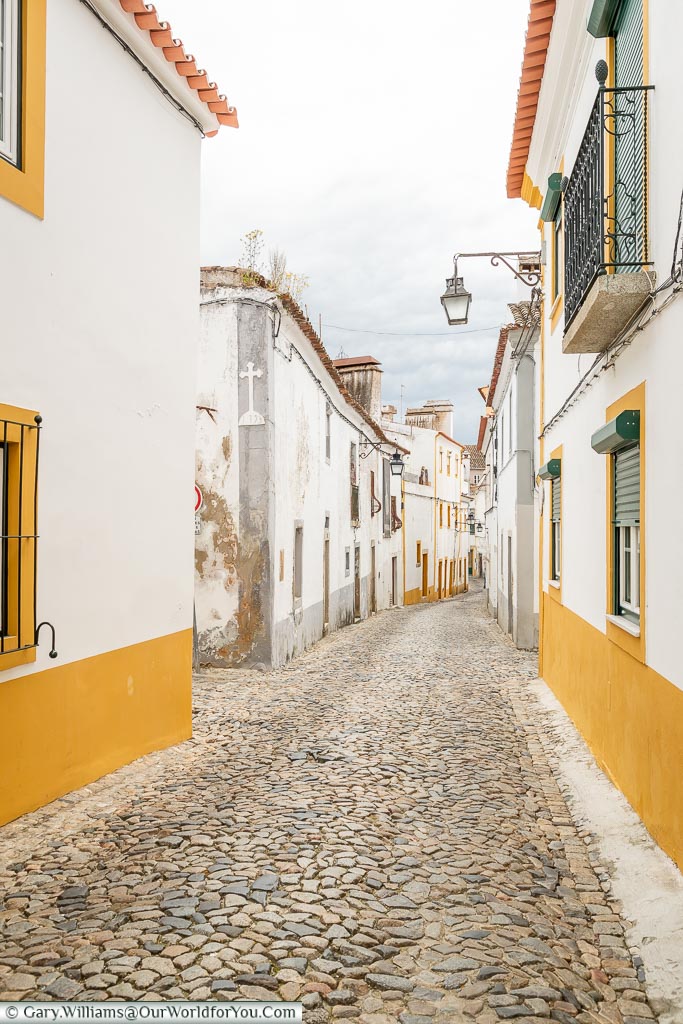
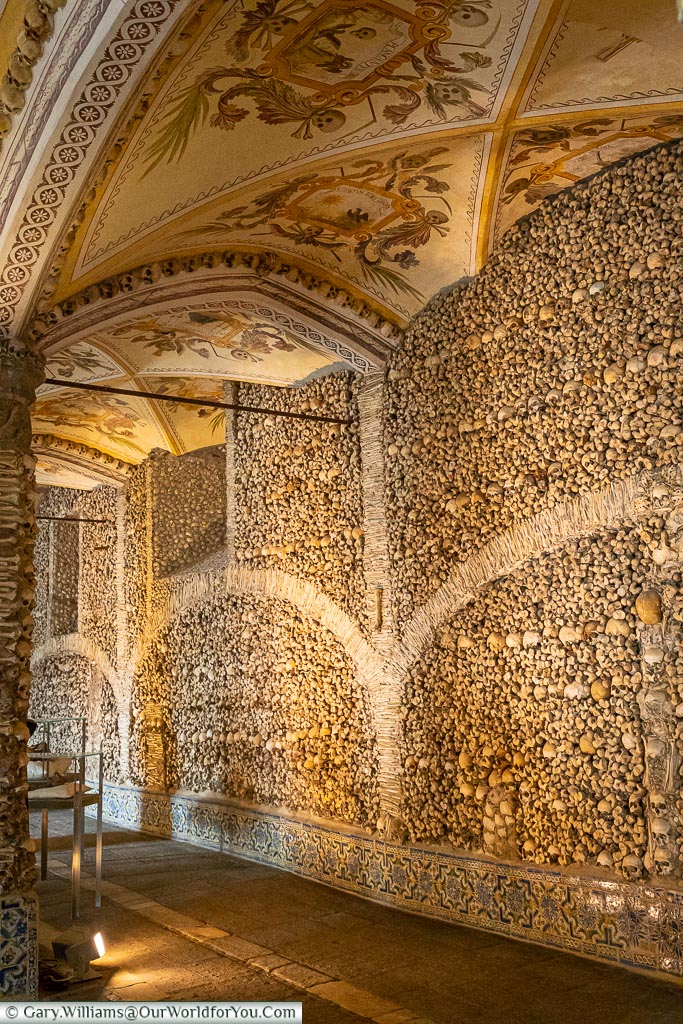
The town squares here are also a delightful place to sit and watch the world go by. The Historic Centre of Évora has been on the UNESCO World Heritage List since 1986.
Well, have I left the best until last?
The city of Porto is fantastic, full of rustic charm, incredible architecture and such friendly people. I know Porto is hilly; however, the best way to discover it, is on foot and you can even grab a glass of Port at the end of the day.
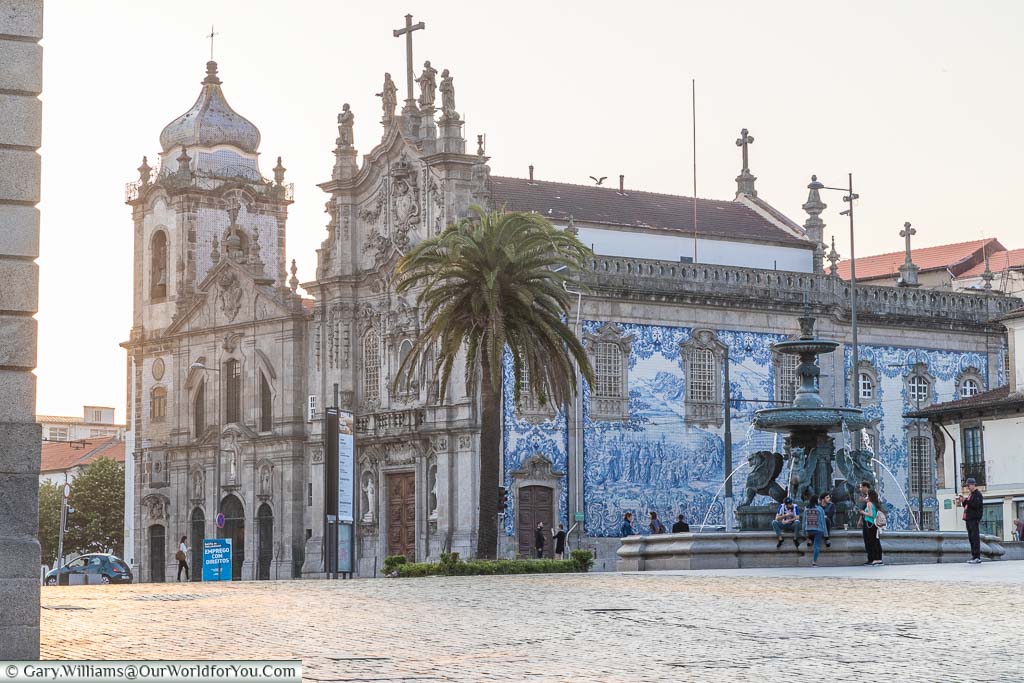
Once you’ve wandered amongst the bustling historic lanes, with the wrought iron balconies teetering on the edge of the colourful homes, head to the Douro River.
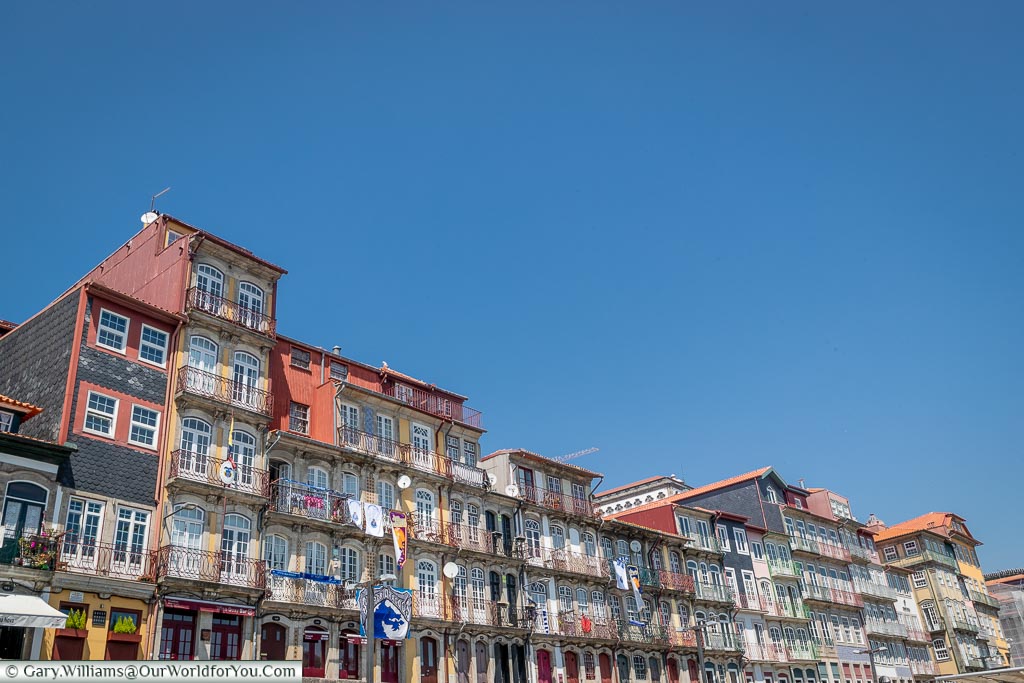
The iconic view and unmistakable backdrop of Porto can be seen from Luiz I Bridge. For a little bit of a higher view head up to Monastery of Serra do Pilar. You won’t regret it, it’s fantastic watching the flat-bottomed wooden Rabelo boats below.
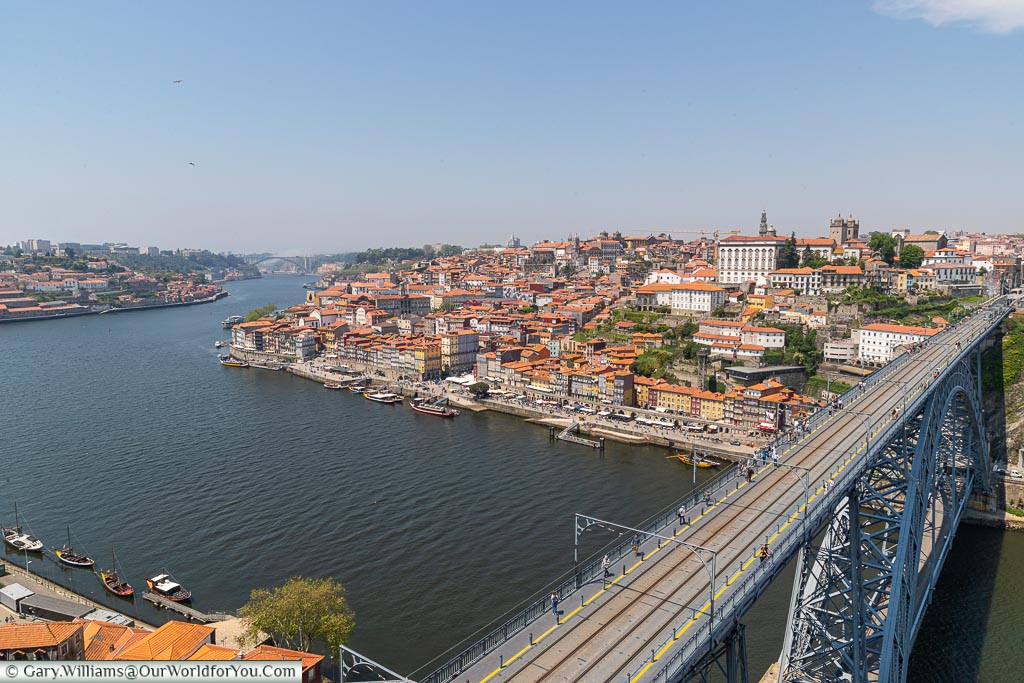
The city of Oporto is a fantastic place to visit and definitely deserves being added to the UNESCO World Heritage Site list in 1996.
* This post may contain links to affiliated sites where we earn a small commission at no additional charge to you.
Inspired to visit Portugal?
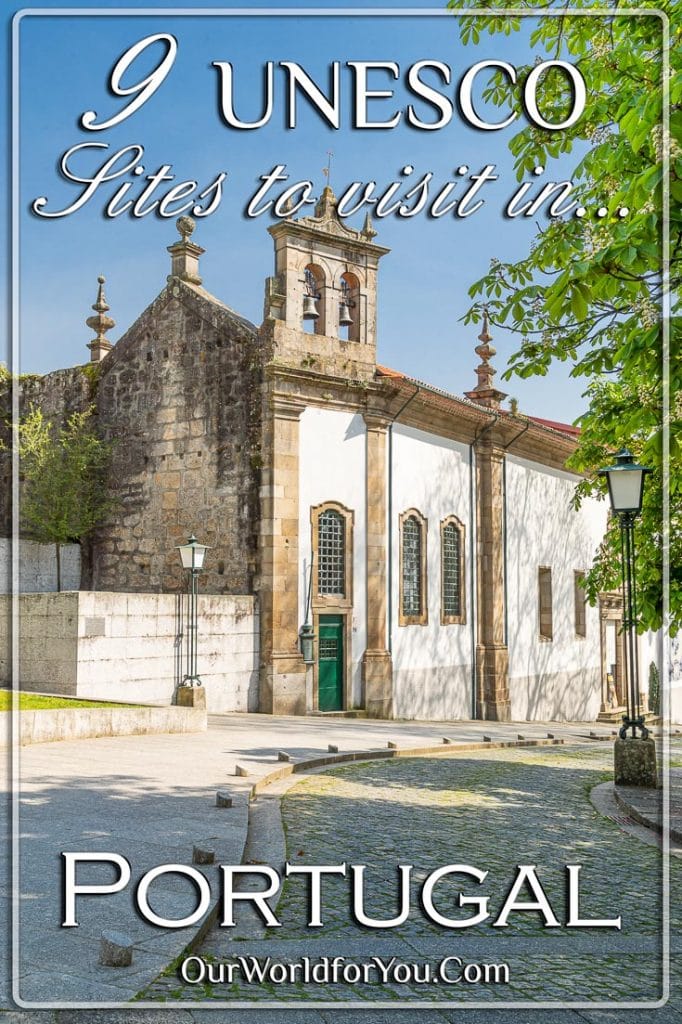
(Why not Pin It for Later?)
If you enjoy what you see, and you’d like regular updates then join us for a monthly newsletter.
